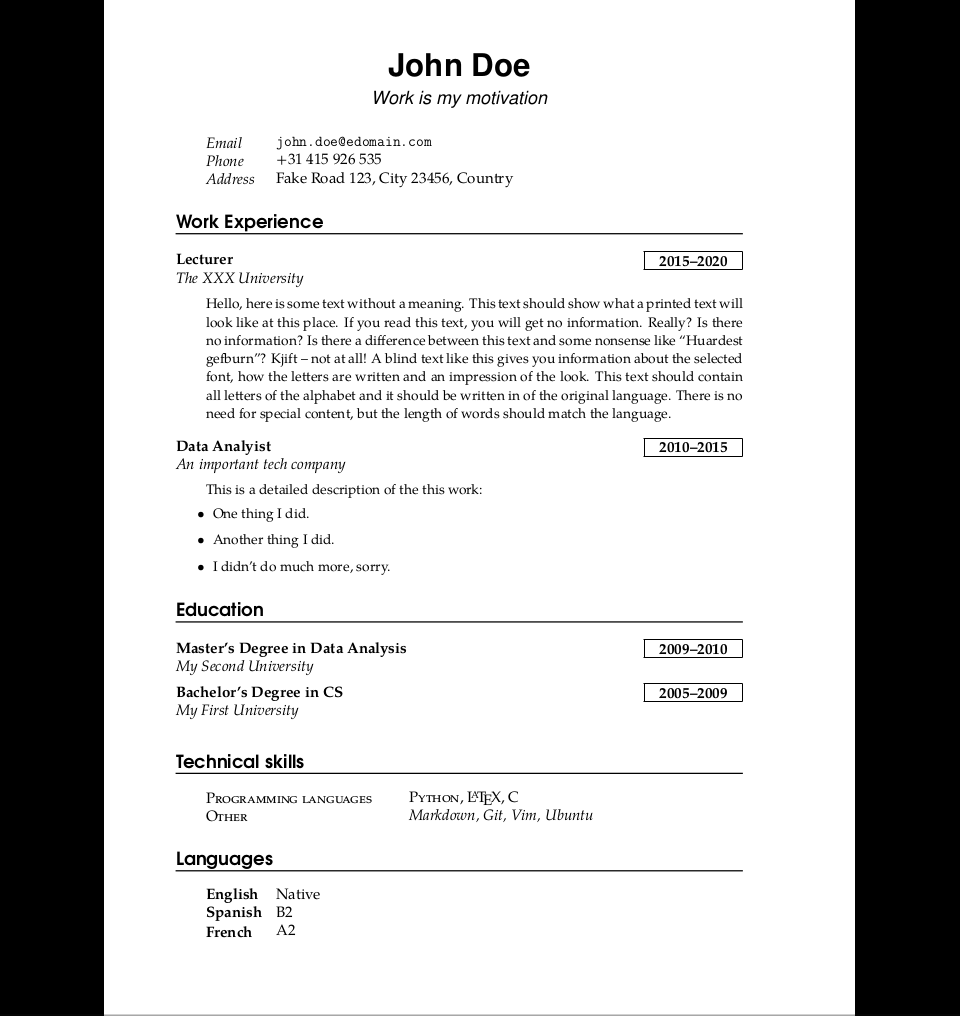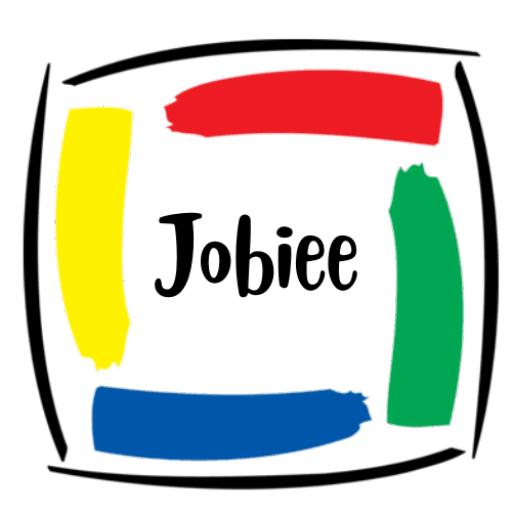If you’re a mid-level software engineer applying for jobs in the USA, your CV needs more than just listing skills and job titles. At this stage, hiring managers expect proof of impact—real results, clear progression, and alignment with the role’s requirements.
This guide walks you through how to write a simple, professional, and effective tech CV that works with both human recruiters and Applicant Tracking Systems (ATS).
Understand Your Role and What Recruiters Expect
Who Is a Mid-Level Software Engineer?
A mid-level software engineer typically has 3–6 years of experience. They’ve moved past entry-level tasks and now handle more complex projects, mentor junior developers, and often take ownership of specific modules or features.
What Companies Expect at This Level
Hiring teams look for:
- Hands-on technical expertise: Languages, frameworks, cloud, testing
- Problem-solving skills: Real-world coding challenges solved efficiently
- Team collaboration: Agile, code reviews, cross-functional teams
- Business impact: Your code helped increase performance, reduce bugs, or improve user experience
What Salary to Expect?
According to Bureau of Labor Statistics (bls.gov), the median pay for software developers in the U.S. is $127,260 per year (as of 2023). For mid-level roles in major cities, salaries can range between $95,000 to $140,000 depending on specialization and company.
Research Before You Write
Before creating your CV, do this:
Analyze the Job Description Carefully
Look at 3–5 job listings for mid-level software engineers. Identify:
- Required tech stack
- Preferred soft skills
- Certifications or domain experience
This helps you tailor your CV with the right keywords and examples.
Check the Employer’s Stack and Culture
Research the company on LinkedIn or StackShare:
- What tools and technologies do they use?
- What projects are they working on?
Use this info to match your skills and achievements with their environment.
Choose the Right Format
For mid-level engineers, use:
- Reverse chronological: Most common and ATS-friendly
- Hybrid format: Skills + experience, ideal if switching tech stacks
Avoid overly designed templates or functional-only formats that ATS bots struggle with.
Step-by-Step Guide to Writing Your CV

1. Start With a Clear Contact Header
Your contact section should include:
- Full name
- City and state (e.g., San Francisco, CA)
- Phone number (US format)
- Email (professional-looking Gmail)
- GitHub (only if active and updated)
- LinkedIn (should match CV details)
2. Write a Short, Sharp Professional Summary
A 3–4 line summary helps recruiters immediately understand your value. Tailor it to the job description.
✅ Use this format:
- Years of experience
- Key technologies
- Notable achievements
- Type of roles you’re targeting
Avoid vague lines like:
“Passionate developer with strong communication skills.”
(Recruiters skip this!)
3. Detail Your Work Experience with Results
Each job you list should include:
- Job title
- Company name
- Location (City, State)
- Dates (Month/Year – Month/Year)
- 4–6 bullet points of achievements (not duties)
✅ Use action verbs and quantify wherever possible:
- “Reduced server response time by 45% by optimizing database queries”
- “Built internal tool that saved 10+ hours/week across the team”
Make your experience achievement-based, not task-based.
4. List Your Technical Skills Clearly
Split into categories for easy reading. Only include what you use or know well.
✅ Sample categories:
- Languages: JavaScript (ES6+), Python, Java
- Frameworks: React, Node.js, Express, Spring Boot
- Tools: Git, Docker, Jenkins, Webpack
- Cloud: AWS (EC2, Lambda, S3), Azure
Don’t just list 30 technologies. Keep it relevant and clean.
5. Add Key Projects or Open-Source Work
If you’ve worked on freelance, side, or open-source projects, add a Projects section. Highlight:
- Goal of the project
- Technologies used
- Results or impact
- Link to GitHub or live site
Projects show initiative and are especially valuable if your past jobs didn’t involve modern stacks.
6. Include Your Education and Certifications
Even for mid-level engineers, education helps demonstrate your foundation—especially if it’s relevant to the role.

What to Include:
- Degree name and major (e.g., B.S. in Computer Science)
- University name and location
- Graduation year
If you’ve completed a coding bootcamp or earned certifications:
- Only include if it’s recent or highly relevant
- Good options: AWS Certified Developer, Google Professional Cloud Developer, etc.
7. Optimize for ATS (Applicant Tracking Systems)
Many U.S. companies use ATS software to scan CVs before a human ever sees them.
Tips for ATS Optimization:
- Use standard headings like “Work Experience” and “Education”
- Don’t include text in tables, graphics, or columns
- Save your CV as a PDF, unless the job posting says otherwise
- Mirror keywords from the job description naturally
- Avoid headers like “What I’ve Done” or “The Journey” — use simple language like “Experience”
Use tools like Jobscan.co to scan your CV against a job description before applying.
8. Common Mistakes to Avoid
Many applicants make small errors that can hurt their chances. Avoid these:
- Using the same CV for every job
- Always tailor your summary and skills to the job post.
- No quantifiable impact
- Don’t just list tasks — show results with numbers.
- Keyword stuffing
- Don’t overload with skills; only include what’s relevant and recent.
- Poor formatting
- Avoid fancy designs. Simple, clean, and ATS-readable wins.
- Too long or too short
- 1 page is ideal. Use 2 pages only if needed and every line adds value.
9. Real Summary Examples for Mid-Level Engineers
Some specific role – CV summaries to inspire you:

🟦 JavaScript Full‑Stack Engineer
Software Engineer with 4+ years building scalable front-end and back-end systems using React, Node.js, and PostgreSQL. Spearheaded a migration to serverless architecture, improving app speed by 40%. Seeking full-stack roles in product-led SaaS companies.
🟩 Python Backend Developer
Backend Developer with 5+ years of experience building RESTful APIs in Django and Flask. Designed data pipelines handling millions of records. Strong background in PostgreSQL, Redis, and CI/CD workflows. Looking for high-impact backend-focused roles
☁️ DevOps/Cloud Engineer
AWS-certified DevOps Engineer with 6 years building scalable cloud environments. Built CI/CD pipelines using Jenkins and GitHub Actions. Automated infrastructure deployments with Terraform. Interested in cloud-first teams with modern DevOps culture.
11. Final Checklist Before Sending
Before you submit your tech CV:
- ✅ Is your summary specific, not generic?
- ✅ Are all experiences backed by real metrics?
- ✅ Did you tailor it to the job you’re applying for?
- ✅ Are all links working (GitHub, LinkedIn)?
- ✅ Is it saved in the right format (PDF)?
- ✅ Did you proofread it twice?
Conclusion
A well-written tech CV for a mid-level software engineer is about clarity, results, and relevance. Highlight your impact, match the role’s needs, and keep your structure clean and readable.
Want to go further? Check out our complete guide on how to prepare for technical interviews or explore remote tech jobs in the USA with visa sponsorship.


